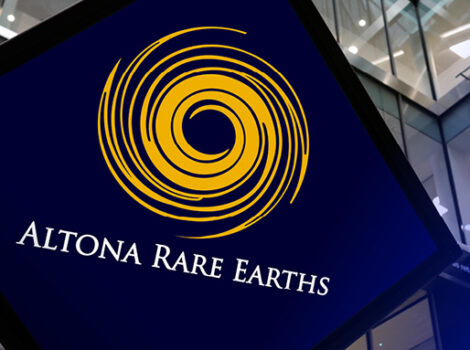
2 April 2024
Kavango Resources plc (LSE:KAV) has unveiled preliminary interpretations of geophysical survey data conducted by New Resolution Geophysics (NRG) in Botswana’s Kalahari Copper Belt (KCB), with the findings indicating significant potential for copper-silver mineralisation in the region.
The results from the final geophysical survey, which were received on February 26, were subsequently announced to shareholders on March 25.
Interpretation highlights
Highlights of the interpretation include the identification of a gravity high, named Kara, beneath the Kara Anticline, suggesting the presence of basin margins—an area considered favourable for mineralisation. Additionally, magnetic data, in conjunction with regional mapping, has pinpointed fold hinge targets within the D’Kar Formation (DKF), aligning with preliminary airborne electromagnetic (AEM) targets. The interpretation of the geophysical data provides valuable insights into the region’s geological complexity.
Basin and sub-basin structures, along with basin margins and intra-basinal highs, are highlighted as key factors influencing sedimentary copper models. Faults along these boundaries may serve as conduits for mineralising hydrothermal fluids, creating favourable conditions for deposit formation.
Moreover, the heliborne gravity data reveals the original basin architecture, indicating basement highs that define edges between deeper basins.
This suggests areas with potential for mineralisation. The identification of domal structures and tight folds, supported by magnetic data and field mapping, offers further evidence of geological complexity and potential mineralisation sites.
The preliminary interpretation of AEM data contributes to a refined understanding of regional-scale fold structures. It highlights blocks with differing resistivity and conductivity contrasts, aiding in the delineation of target areas for ground geophysical follow-up and future drilling.
The return
The correlation between NRG gravity data and regional measurements reveals two linear features trending NNW-SSE (Tsootsha) and WNW-ENE (Kara), suggesting the presence of basement highs between deeper basins to the south and northeast.
The Kara gravity high, possibly linked to the Okwa Complex, implies the delineation of multiple edges between the Nojane Basin to the south and the Ghanzi Basin to the northeast.
Additionally, the data hints at a potential restricted sub-basin to the north, which holds promise for deposit formation due to enriched metal content.
Further analysis, combining reprocessed regional government airborne magnetics with detailed geological mapping, identified thrusts serving as faults for the gravity high, likely delineating original basin structures. Moreover, interpretation of regional folding, derived from both aeromagnetic and geological data, unveils doubly plunging domal structures at both regional and local scales.
Future outlook
Recent field mapping has revealed numerous tight, upright folds supported by magnetic data, indicating potential trap-sites for copper-silver mineralisation deposition. These targets, identified as ‘tight folds’ within the DKF, are promising and align with interpreted AEM conductors, mirroring features seen in Sandfire Resources‘ Motheo Mine and A4 deposits.
Historical drilling by ENRG confirmed lower DKF existence in mapped fold structures, noting pathfinder minerals like pyrite, sphalerite, and galena.
Currently, inversions for historical ENRG AEM data are underway, with processing of new Kavango AEM inversions in progress. Upon completion, merging this data with historical records will provide a comprehensive dataset for interpretation, aiding in target area delineation for ground geophysical follow-up.
Following the completion of data processing, it will be integrated with historical data to create a unified set of inversions covering the new contiguous license block, facilitating interpretation for target areas to be explored further through ground geophysical methods.
Executive commentary
Kavango Resources Chief Executive Officer, Ben Turney, is confident the Kalahari Copper Belt exploration programme will provide.
“Based on its analysis of regional copper-silver deposits in the KCB, Kavango believes the configuration of basin and sub-basin structures, including basin margins and intra-basinal highs, plays a pivotal role in many sedimentary copper models,” he said.
“We’re quietly confident our Kalahari Copper Belt exploration programme is going to deliver.
“The different exploration data sets we’ve gathered appears to point in the same direction, namely that our ground covers the style of large-scale system that could host significant copper-silver deposits.
“We are now defining final target areas to test with ground geophysics and then drilling a little later this quarter.
“This is great work from the Kavango team. Thank you all,” Turney added.
KAV’s London Stock Exchange-listed share price has risen 2.7% and is currently trading at 0.95 pence (05:45 pm UTC+ 8 hours).



